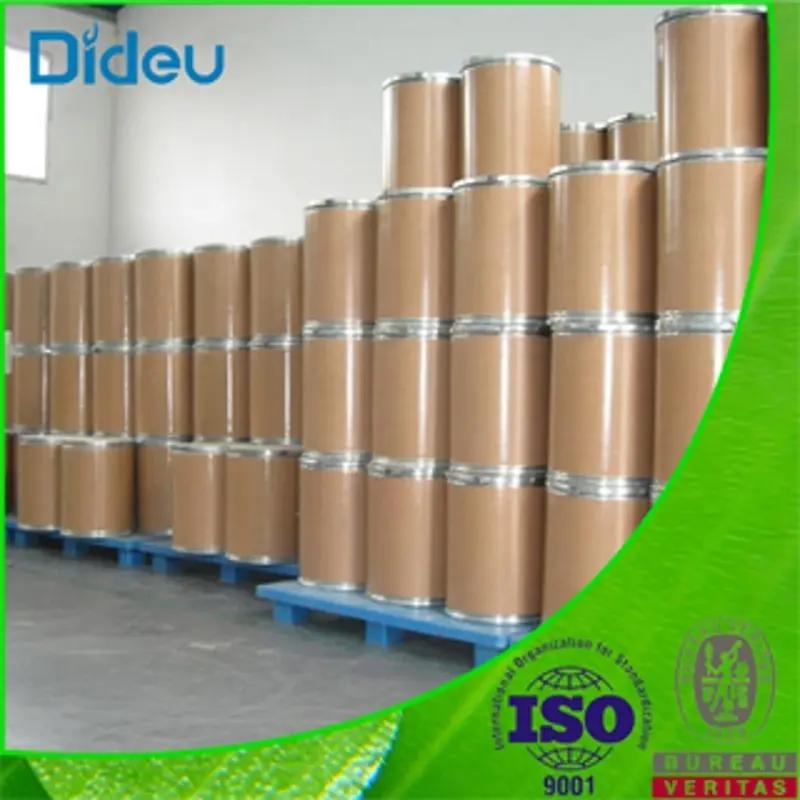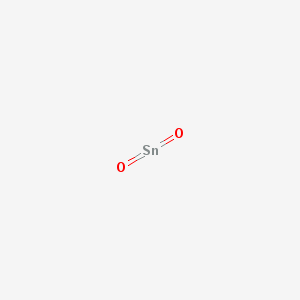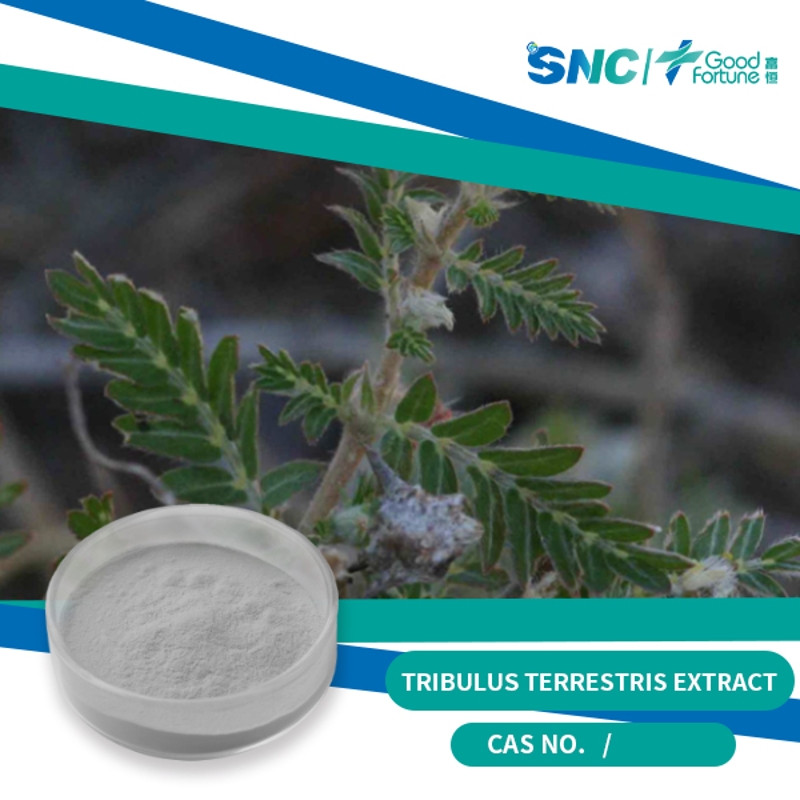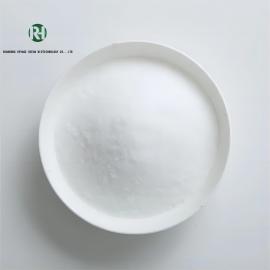Cosmetic Ingredient
- • Abrasive (124)
- • Absorbent (84)
- • Anticaking (66)
- • Anticorrosive (25)
- • Antifoaming (19)
- • Antimicrobials (290)
- • Antioxidant Ingredient (393)
- • Antiperspirant (20)
- • Antiplaque (48)
- • Anti-seborrheic (38)
- • Anti-sebum (39)
- • Antistatic (458)
- • Astringent (162)
- • Binding Agent (172)
- • Bleaching Agent (53)
- • Buffering (191)
- • Bulking (109)
- • Chelating (122)
- • Cleansing (679)
- • Cosmetic Colorant (212)
- • Cosmetic Preservative (158)
- • Denaturant (45)
- • Deodorant (98)
- • Depilatory (27)
- • Dissolving Agent (298)
- • Emollient (795)
- • Emulsifying Agent (480)
- • Emulsion Stabilising (154)
- • Exfoliating (19)
- • Film Forming (299)
- • Flavouring (72)
- • Foam Boosting (161)
- • Foaming (101)
- • Fragrance Ingredient (726)
- • Gel Forming (19)
- • Hair Conditioning (670)
- • Hair Dyeing (363)
- • Hair Fixing (36)
- • Hair Waving or Straightening (45)
- • Humectant (282)
- • Hydrotrope (92)
- • Keratolytic (20)
- • Light Stabilizer (80)
- • Moisturising Agent (50)
- • Nail Conditioning (42)
- • Occlusive (20)
- • Opacifying (119)
- • Oral Care (123)
- • Oxidising (19)
- • Perfuming (2105)
- • Plasticiser (98)
- • Propellant (19)
- • Reducing (50)
- • Refatting (12)
- • Refreshing (26)
- • Skin Cleansing (388)
- • Skin Conditioning (1751)
- • Skin Humectant (21)
- • Skin Protecting (282)
- • Smoothing (31)
- • Soothing (71)
- • Tonics (155)
- • UV Filter (34)
- • Viscosity Controlling (532)
Chemicals as Skincare Ingredients
Related News
-
Price Surge Alert as Major Suppliers Increase Barium Sulfate Costs by 200 Yuan per Ton
2025-03-20 -
Shell Considers Partnering with the U.S. and Closing European Chemical Assets
2025-03-26 -
Quaker Houghton Acquires Dipsol Chemicals, Strengthening Advanced Solutions Portfolio
2025-03-27 -
AstraZeneca to Invest $2.5 Billion to Establish Global Drug R&D Center in Beijing
2025-03-25 -
Saudi Aramco CEO: Invest in downstream projects in China's energy, chemical and other fields
2025-03-28 -
Dow's Silicones Downstream Expansion Project in Zhangjiagang Launches and Drives Market Innovation
2025-03-21
Abrasive
Talc (Mg3H2(SiO3)4)
(14807-96-6)-
Cosmetics Grade / 90%
-
Cosmetics Grade / 99%
-
Cosmetics Grade / 60%
-
Cosmetics Grade / 99%
Request for quotation , get quotes from more suppliers.
Tricalcium phosphate
(7758-87-4)-
Industrial Grade / 99%
-
- / 99.00%
-
API Grade / 99%
-
- / 99.00%
Request for quotation , get quotes from more suppliers.
Tin oxide (SnO2)
(18282-10-5)-
Industrial Grade / 99%
-
- / 99.00%
-
-
Different Grade / 99.9%
$0.1/KG EXW
Request for quotation , get quotes from more suppliers.
Tungsten oxide (WO3)
(1314-35-8)-
Industrial Grade / -
-
- / 99.00%
-
-
Industrial Grade / 98%
$10/KG EXW
Request for quotation , get quotes from more suppliers.
-
pharmaceutical grade/food grade / 99%
-
Food Grade / 99%
-
-
Food Grade / 99%
Request for quotation , get quotes from more suppliers.
Source Abrasive Products Supply
-
![Topaz buy Topaz]()
Industrial Grade / 99.0%
-
![Topaz buy Topaz]()
Industrial Grade / 99%
-
Request for quotation , get quotes from more suppliers.
Source Abrasive Raw Materials by Region
More Information
The mechanism of abrasives involves the physical action of abrasive particles on the surface being treated. In toothpaste, for example, abrasives like silica or calcium carbonate help to remove plaque, stains, and food particles from the teeth through gentle friction. Similarly, in exfoliating scrubs, abrasive particles such as sugar, salt, or microbeads work to slough off dead skin cells, revealing smoother, brighter skin beneath.
Common abrasive agents include:
● Silica: Commonly used in toothpaste, exfoliating scrubs, and polishing compounds.
● Aluminum oxide: An abrasive commonly used in industrial applications.
● Pumice: A volcanic rock with abrasive properties, often used in foot scrubs and callus removers.





























